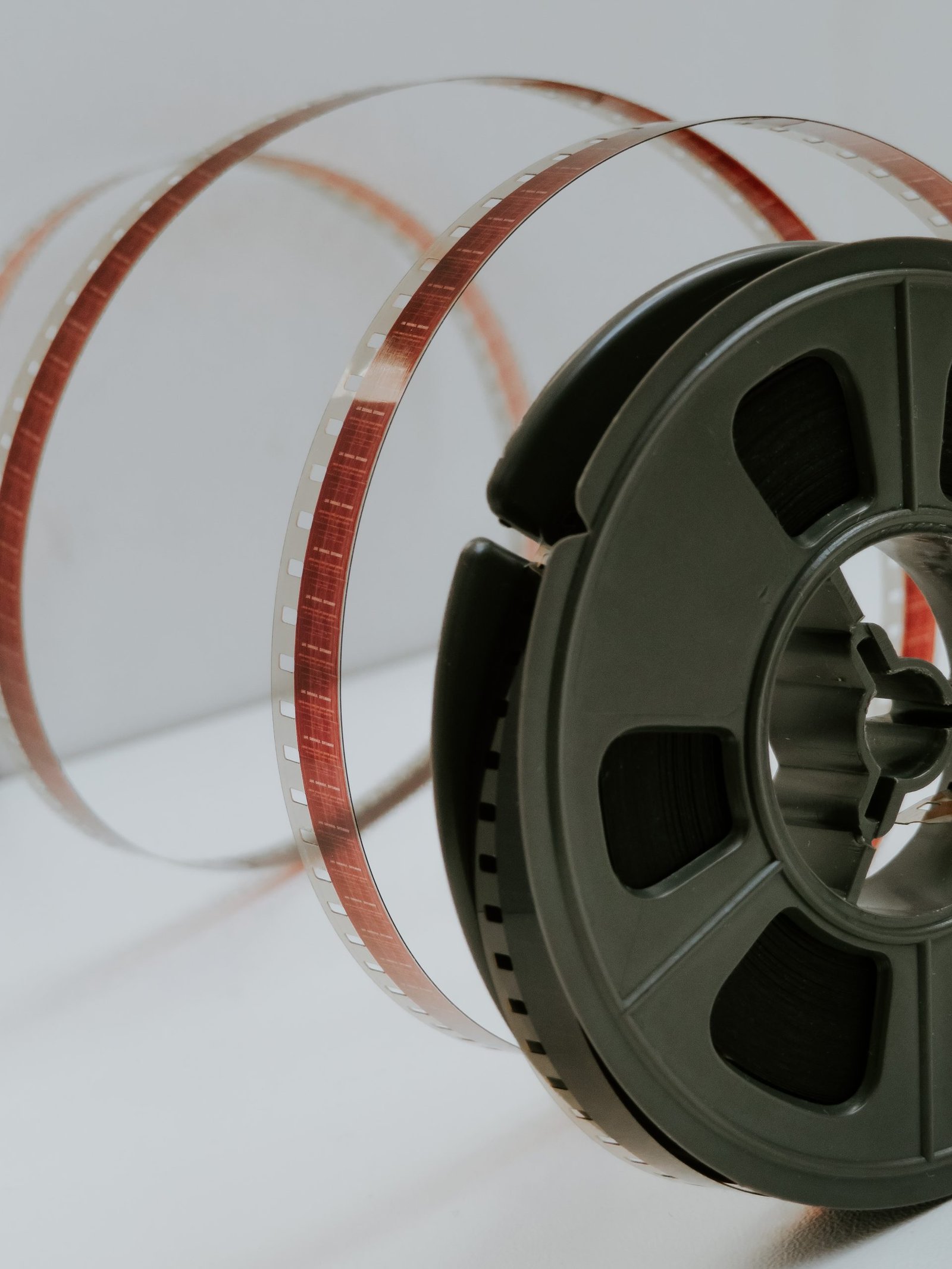Silent movies hold a big part of film history. They began without sound but made the way for our beloved movies we see today. Ever ask yourself when the first silent film was made?
Silent films started in the late 1800s. The very first one was made in 1888 by Louis Le Prince, a French inventor. It was called “Roundhay Garden Scene”. The film was a quick peek at normal life, showing Le Prince’s family and pals walking in a garden in Roundhay, Leeds, England. Despite its short length, it started a new phase in telling stories.
As technology got better, silent films became more popular and became a strong means of expression. Filmmakers tried different genres, like comedy, drama, and action. Silent films banking on visual storytelling, used expressive gestures, over-the-top movements, and intertitles to show feelings and talk to the viewers.
A crucial early filmmaker was D.W. Griffith. In 1915, he released his important film, “The Birth of a Nation.” The film transformed the industry with its fresh methods of telling a story and grand scale. This film showed the ability of silent films and also got people talking about their society’s influence.
Back in the day, silent films weren’t exactly silent. They were brought to life with live music. From pianos to full orchestras, this music added depth and emotion to the film. Key to this was the musician. They controlled the pacing and timing, enhancing the viewer’s connection to the film’s story.
The silent era’s heyday was in the 1920s, but that changed with the arrival of the “talkies”, the first films with synchronized sound. The movie “The Jazz Singer”, released in 1927, changed everything. The game had changed. Films were no longer silent. This introduced a new layer of realism to movies with the addition of dialogue and sound effects.
Even with these changes, the silent era’s charm hasn’t faded. Its films, like Charlie Chaplin’s “The Kid” and F.W. Murnau’s “Nosferatu”, still mesmerize us today. These silent-era treasures made their mark on film history. They championed the art of visual storytelling and the talents of silent film actors.
Nowadays, silent films enjoy a celebrated status for their artistry and history. Film festivals and special screenings often shed light on these pioneers of cinema, giving modern audiences a taste of silent film magic. It serves as a humble reminder of film’s early days and the ongoing innovative spirit in the movie industry.
In summary, the silent film era started in 1888, marked by Louis Le Prince’s first silent film. This was the birth of a focus on visual storytelling in cinema. Eventually replaced by sound films, the legacy and influence of silent films live on. Next time a movie grabs your attention, give a nod to silent films and their remarkable journey.





